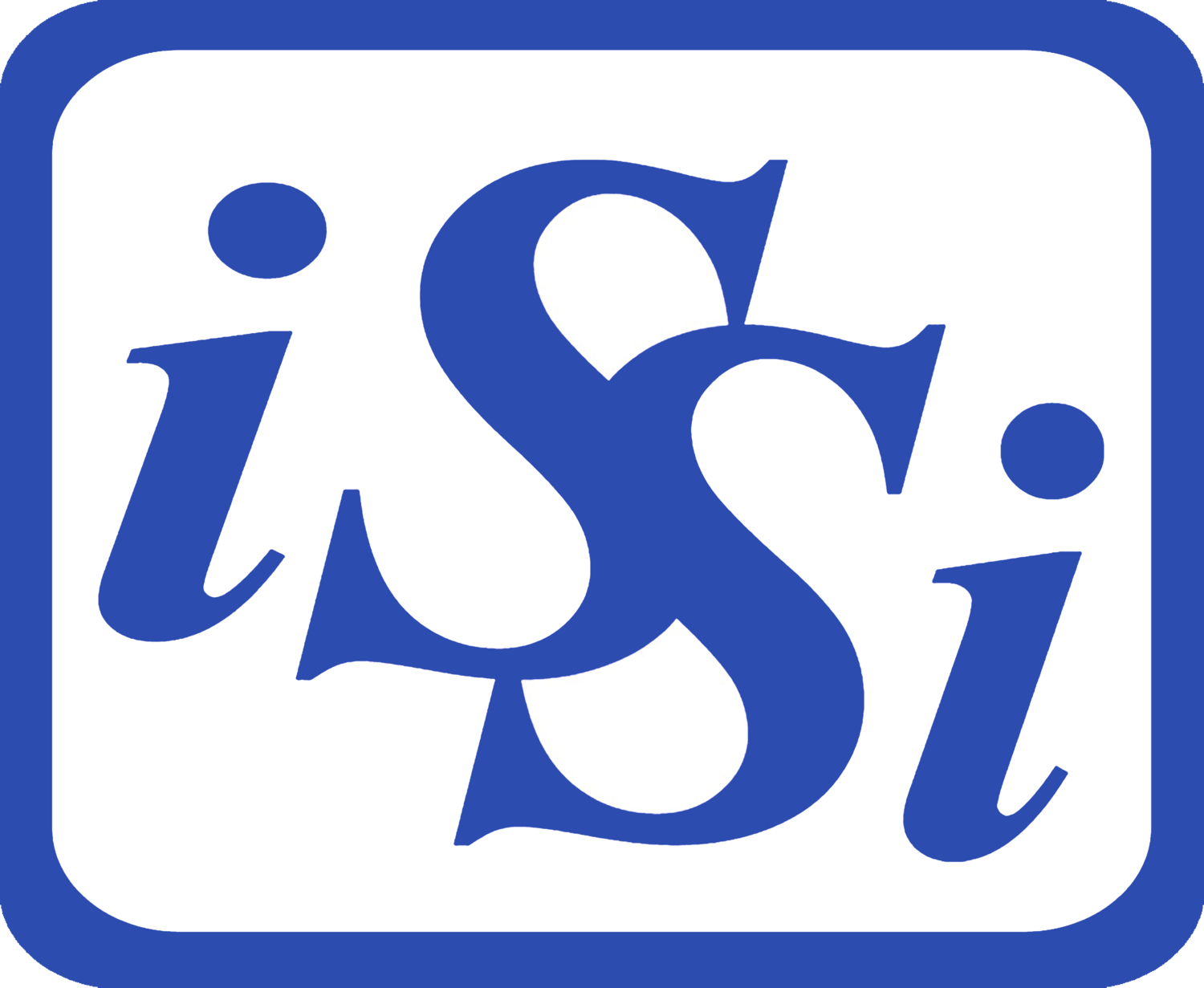An auto accident can be a major disruption to any business's operations but even more so in wholesale distribution or contracting companies. In addition to potential injuries and property damage, the downtime associated with repairing or replacing the vehicle can have a significant impact on productivity and the bottom line. Here are some tips on how to minimize the downtime your commercial vehicle is out of service following an auto accident:
Report the Accident Promptly
The first step in minimizing downtime is to report the accident to your insurance carrier as soon as possible. Simply put - the sooner the claims process gets started, the sooner it is finished. The other benefit is that the adjuster can begin investigating and collecting information while it is still fresh in the driver’s mind. Lastly, underwriters will assess the average lag time between when claims occur and when they are reported and take an unfavorable look at companies with long lag times.
Work with a Preferred Repair Shop
Using the same preferred repair shop for each accident can be very helpful in expediting the repair process. You will develop a relationship and become familiar with how they do business and the repair shop will gain familiarity with your insurance carrier. Like any business, repair shops provide the best service to their repeat, loyal customers. Be sure to select a reputable repair shop that specializes in commercial vehicles and has experience working with your insurance carrier.
Communicate with Your Insurance Carrier
A common reason why vehicle claims take too long is a breakdown in communication between the adjuster and the client. There are typically multiple people involved with handling an auto claim: the adjuster, the fleet manager, the driver, the repair shop, and the broker. With that many people it can be difficult to keep everyone on the same page. Another factor is that due to spam calls, many people do not answer phone calls from unknown numbers. On the flip side, claims adjusters are simultaneously working on several claims at once so if you do not pick up their call they move on to the next claim. This tends to lead to days long telephone tag which only lengthen the process. Be sure to communicate regularly with your insurance carrier to stay informed about the progress of the repair or replacement process. This can help ensure that any necessary paperwork or documentation is completed promptly and that the process is moving forward as quickly as possible.
Review and Update Your Risk Management Plan
After the accident, it's important to review and update your risk management plan to identify any potential hazards or risks in your operations and take steps to mitigate them. This can help prevent future accidents and ensure that your business is properly protected.
Minimizing the downtime associated with a commercial vehicle out of service following an auto accident requires prompt action, effective communication, and a proactive approach to risk management. By following these tips, you can minimize the impact on your business operations and ensure that your commercial vehicle is repaired or replaced as quickly as possible. Remember to work with a knowledgeable insurance broker to ensure that you have the proper coverage in place and to identify opportunities to reduce insurance costs and improve safety outcomes.

